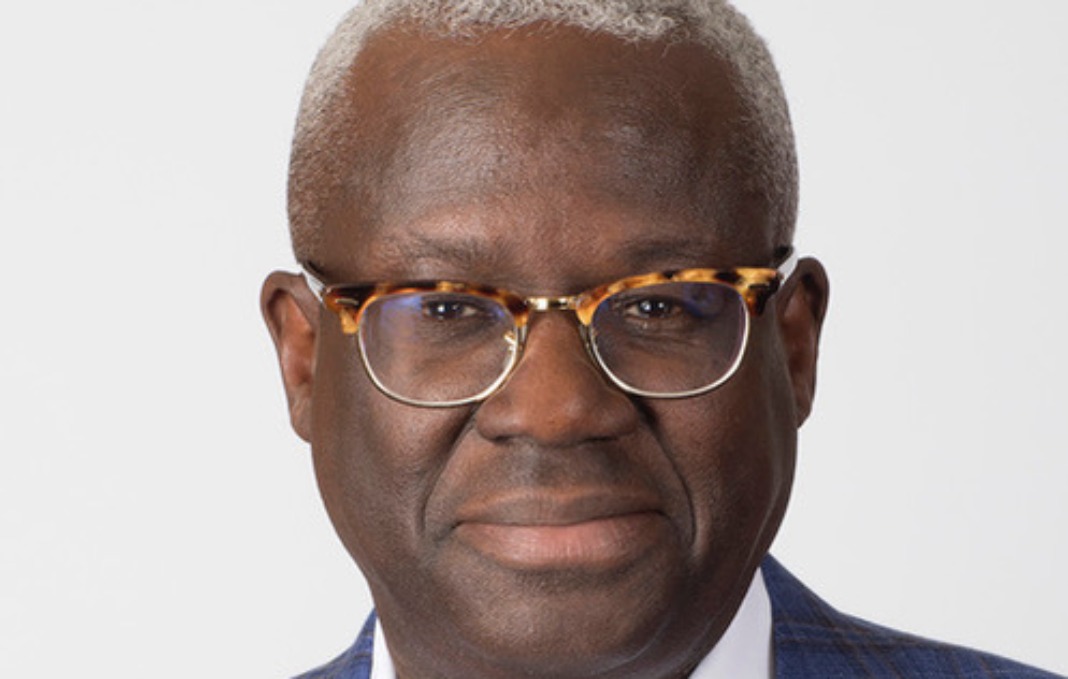HR leaders have a lot of say in helping to make their organizations anti-racist, say father and daughter authors James D. White and Krista White.
James, the former chair, CEO and president of Jamba Juice, and Krista, a writer and DEI consultant, teamed up to write the new book, Anti-Racist Leadership: How to Transform Culture in a Race-Conscious World. They spoke with StrategicCHRO360 about how the HR department should be viewed by CEOs, why language matters and why interview processes need to focus on “the full humanity of candidates.”
What is the role of HR in an anti-racist company culture?
HR has the unique position to touch everyone in a company. There is a significant opportunity to de-bias systems, processes and rituals including recruiting, hiring, promotions, succession planning and reporting. It starts at the very beginning of the hiring process, from the systems used to recruit to the language used in job descriptions.
Many teams use AI to help sift through resumes, but are they using tools that help remove bias, be it gender, racial or otherwise? When looking to create an anti-racist company culture, HR teams should begin by doing a full audit of their current culture and processes to find the gaps. You may find that your talent pipeline needs to be remade from the ground up.
An important thing to remember about anti-racism is that it is an ongoing conversation, not a destination. While it is key to build in measurable milestones—i.e., increase representation of women of color in leadership by X percent over X years—anti-racism exists as much in dismantling and rebuilding systems as it does in continuously and methodically listening and learning to the people that make up your organization.
How do you see the role of HR changing in the future of work?
In many companies, HR has been a risk-mitigating function, rather than valuing people as the greatest asset. HR leaders and teams will need to take a stand on anti-racism and social justice issues at large. Modern HR teams are themselves diverse and inclusive, which will innately help them hire and retain a diverse talent for the organization at large.
HR teams will need to build their people and empathy skills, which show up during the interview process with questions like, “Tell me what you might add to our culture” or “Tell me your story.” Interview processes that center on the full humanity of candidates should be institutionalized throughout the HR apparatus as well as for anyone involved in hiring and promotions.
How would you like to see the relationship between CEOs and CHROs change?
CEOs and CHROs should be working hand in hand. The CEO needs to be actively engaged and leading cultural transformation and DEI work. They should partner with the HR teams to build more inclusive systems, processes and tools. HR leaders should partner with leaders across the company to drive DEI goals into the fabric of the organization. Anti-racism and diversity, equity and inclusion should be business imperatives and HR leaders have the opportunity to become a driving force behind strong company cultures.
What is holding back traditional HR structures from transforming company culture?
HR leaders should be true business partners with the CEO and should be focused on functions throughout the entire business. Traditional HR structures have been siloed from the overall business activities of a company. Executive teams need to start seeing HR as a partner rather than a department for compliance and managing liability.
How can HR leaders engage the executive team and middle managers to drive and sustain cultural transformation?
Start with the data. This can look like pulling up the countless reports about how inclusive cultures perform better over time—the business case for diversity. It is also about digging into your own company data—how many women of color are there at every level? Are attrition rates higher for LGBTQIA+ employees? Does the number of Black people at your company match representation for your region or the country at large? And do people have different experiences at your company based on their race, gender, sexuality or ability?
Presenting the answers to questions like these can catalyze leadership to make the institutional commitments necessary to begin cultural transformation. As many HR leaders have certainly experienced, cultural transformation fizzles without full buy-in from the CEO and executive team, through to middle management.








